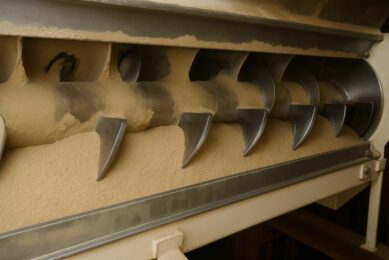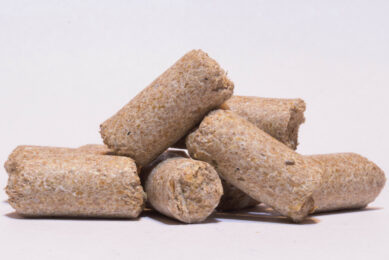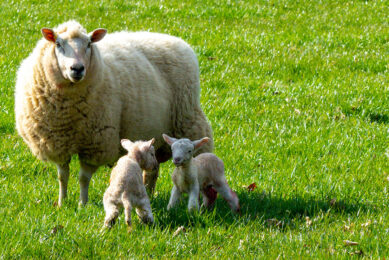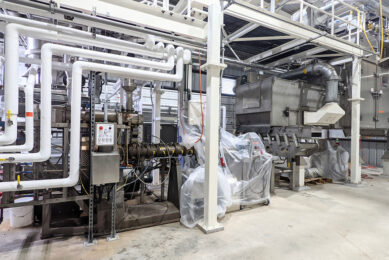Conditioned mash: An overlooked feed form for livestock
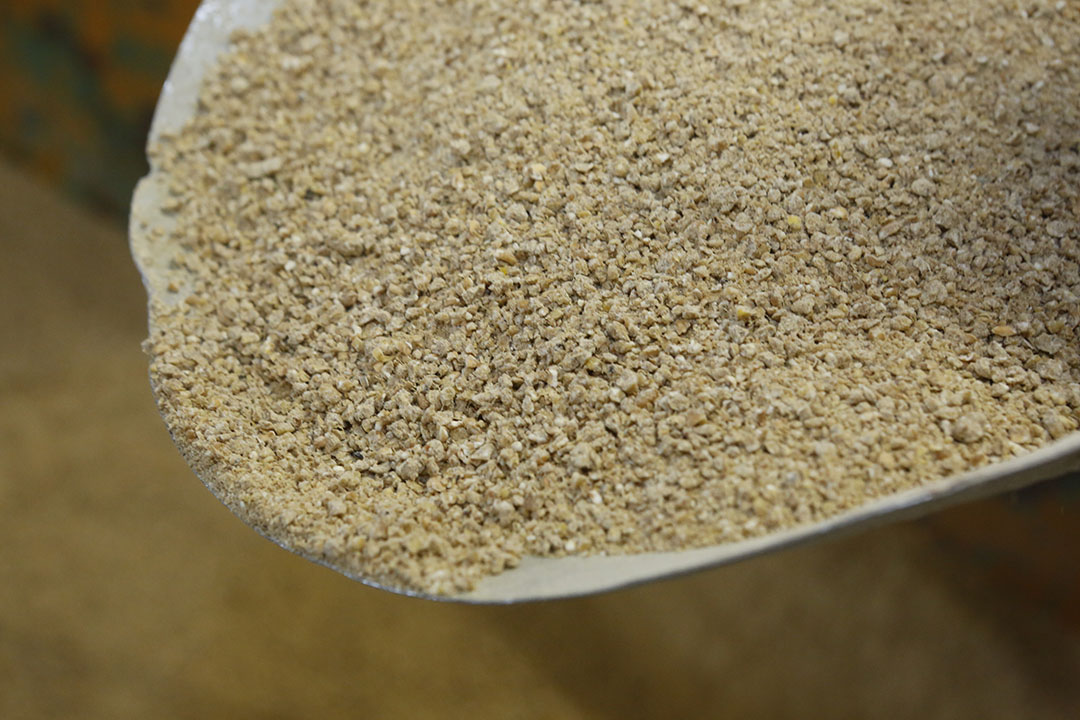
Many scientific articles have compared the effects of feed form including mash, pellet and crumble in animal nutrition. Pelleting is an expensive and bottleneck process in feed manufacturing but pellet is the major form of feed used and has many advantages compared to mash form.
The pelleting process is a combination of 2 steps applied to mash feed:
- Conditioning (hydrothermal-mechanical process in a conditioner) and
- Agglomeration (pushing the conditioned mash feed through the die hole to make a macrostructure).
Therefore, it is expected that at least some of the benefits of a pelleted feed be related to the conditioning process. Consequently, the conditioned mash can be used to feed livestock as an alternative. To differentiate processed and unprocessed mash feed, we would like to use 2 terms as raw mash and conditioned mash to represent unprocessed and processed mash, respectively. The required processes for manufacturing of the 3 aforementioned feed forms are compared in Table 1.
Conditioned mash and nutritional properties
In the conditioning process, some alterations occur to the feed including:
- starch gelatinisation,
- starch and protein digestibility,
- anti-nutrients deactivation and
- exogenous enzyme loss.
It is assumed that the amounts of these alterations in conditioned mash is lower than pellet form because some additional changes occur due to extreme friction and temperature rise in the die.
Conditioned mash and hygienic properties
In the conditioning process, humid temperatures of 70 to 80 ˚C lead to a lower microbial load of the feed. Some pathogenic bacteria such as salmonella will be eliminated in the conditioning process. It should be mentioned that 2 common microbial decontamination methods in the feed industry are thermal and chemical processing (or combination of both). Therefore, conditioning of mash feed is an alternative method of microbial decontamination.
Conditioned mash and energy consumption in feed mill
Consumption of electric energy in main equipment used for different feed forms is illustrated in Table 2. Energy required for raw mash is low, for pellet is high, and for conditioned mash is slightly greater than that for raw mash having a big difference with energy required for pellet making. Energy consumption for conveying system and thermal energy to produce steam are not considered here.
Opportunities and challenges for feeding conditioned mash
Sufficient research should be done to evaluate economical, nutritional and hygienic properties of conditioned mash feed. Potential advantages and disadvantages of conditioned mash are described hereafter:
Broiler: broilers are genetically selected for rapid growth and more consumption of feed. Pellet is a dense form of feed and as a consequence, it helps to eat more feed to support the targeted rapid growth rate. Conditioned mash potentially has some of the pellet benefits e.g. starch gelatinisation and anti-nutrients deactivation, but it is not dense, thus its effects should be evaluated for the first week of broiler production that feed consumption is low, and for broilers facing ascites that should be fed with non-dense feed.
Layer and breeder layer: in many parts of the world, raw mash and crumble form are preferred for layers and breeder layers. Conditioned mash will give an opportunity to supply hygienic feed containing large particle size of calcium resources. High levels of calcium and phosphorous in layer feed will decrease the efficiency of acidifiers as feed sanitisers, therefore conditioned mash could be assessed in layer feed. Lower cost of conditioned mash compared to crumble feed when considering poor margin of selling eggs is another reason for suggesting the use of conditioned mash for layers that might improve income of the farmer.
Broiler breeder and parent flocks: these types of birds must be fed by pathogen-free feed. However, feeding a dense form of feed (pellet/crumble) leads to excess body weight and decreased feeding time that result in more feather pecking and less uniformity of flock. Raw mash form does not meet the hygienic criteria and the birds can select feed particles. Conditioned mash appears to supply hygienic and non-dense feed.
Ruminant feed: ruminants usually are fed total mixed ration (TMR) that contains both forage and concentrate portions. Pelleting of concentrates will result in a lower uniformity of mixed ration and an increase in selective consumption of concentrate pellets by dominant animals compared to a TMR made using mash concentrates. Feeding conditioned mash in TMR leads to produce a good mix and adhesion of concentrate part to forage and silage, and as a result delivers a uniform TMR for the entire herd. Conditioned mash is healthier than raw mash and more economical than pellet however, more research should be carried out to compare raw mash, conditioned mash and pellet feed in ruminants.
Conclusions
Conditioned mash is a form of feed that is influenced by hydrothermal-mechanical alterations while is not shaped as the pellet. It is suggested that conditioned mash is introduced to feed industry as an opportunity due to its economical and hygienic benefits. Research should be carried out to evaluate and determine benefit-cost of this form of feed for different livestock. In the future research for feed form, it is suggested that conditioned mash should be considered beside raw mash and pellet (or crumble) forms. If enough data supports the benefits of conditioned mash compared with other forms of feeds used routinely, designers of feed processing lines would be able to introduce new design for production of raw mash, conditioned mash and pellet (or crumble) in the same feed producing line.




